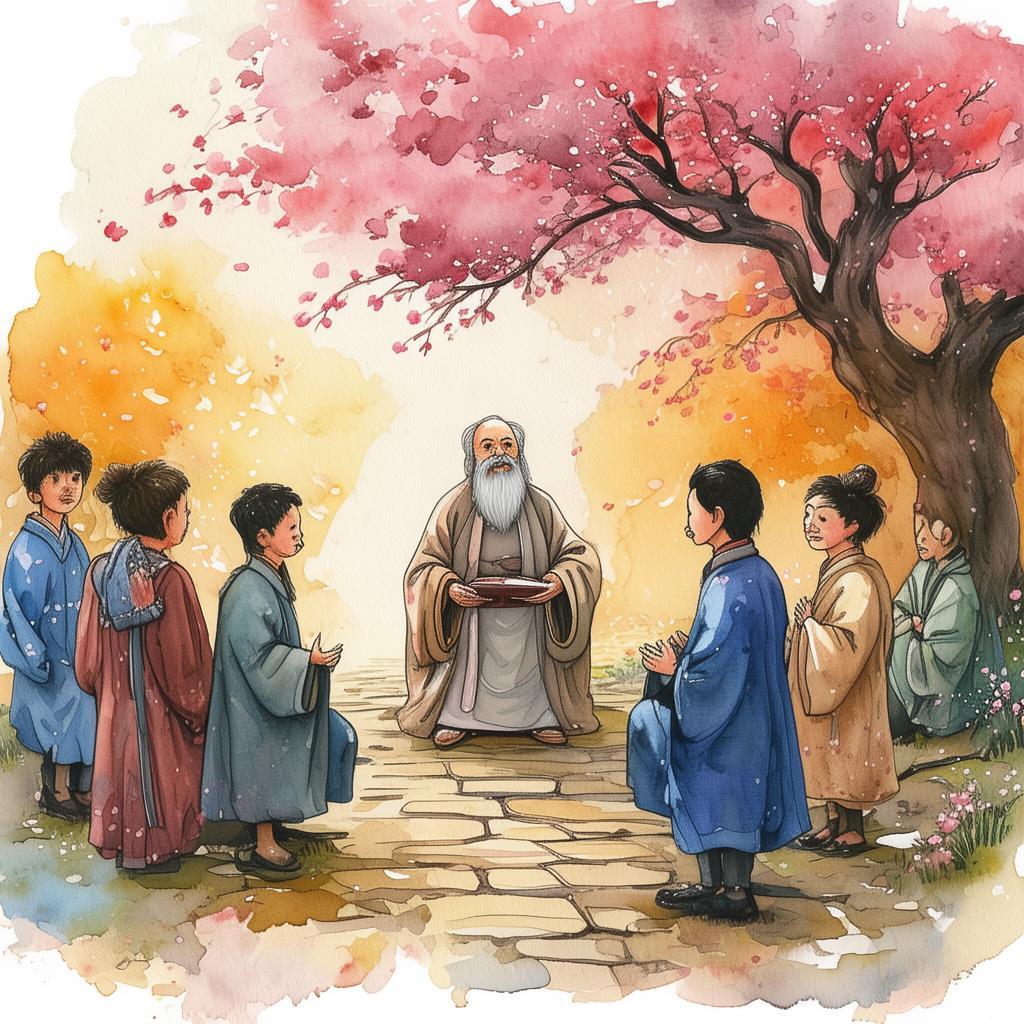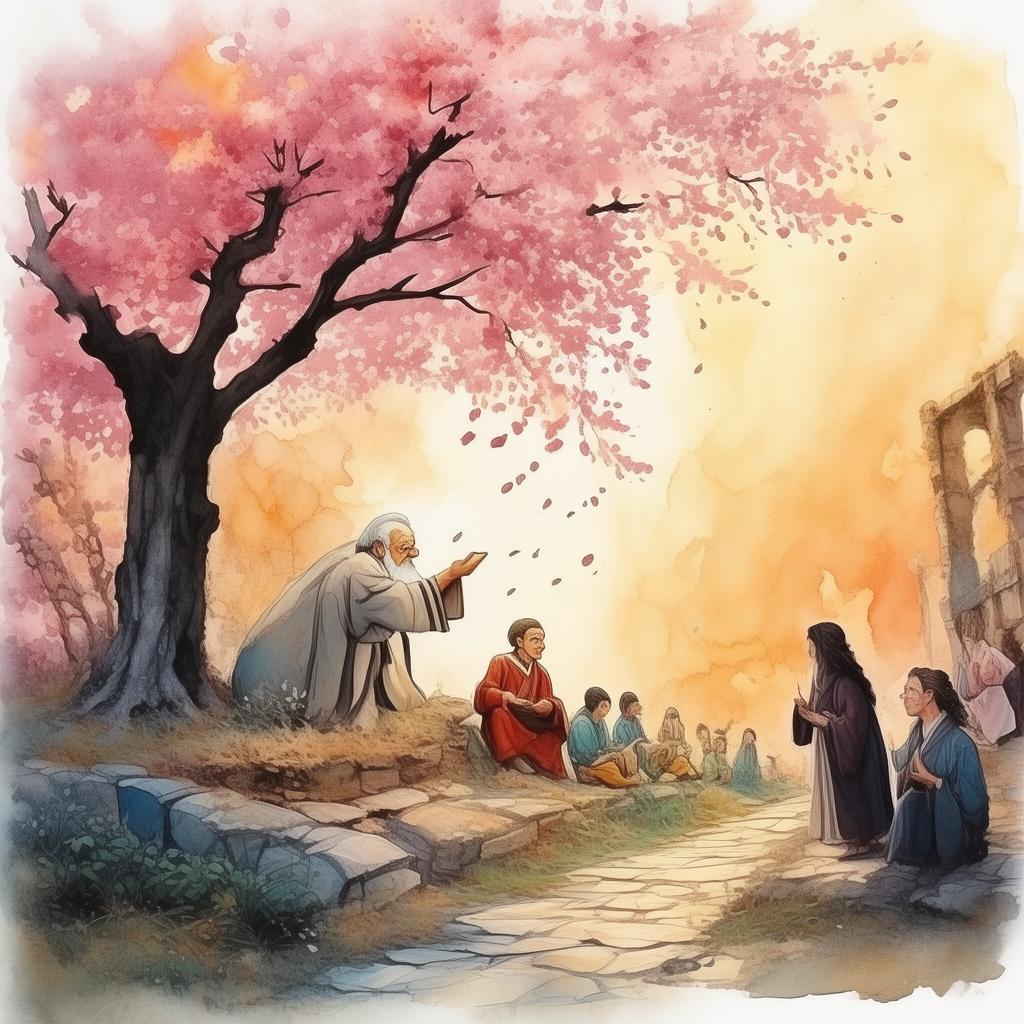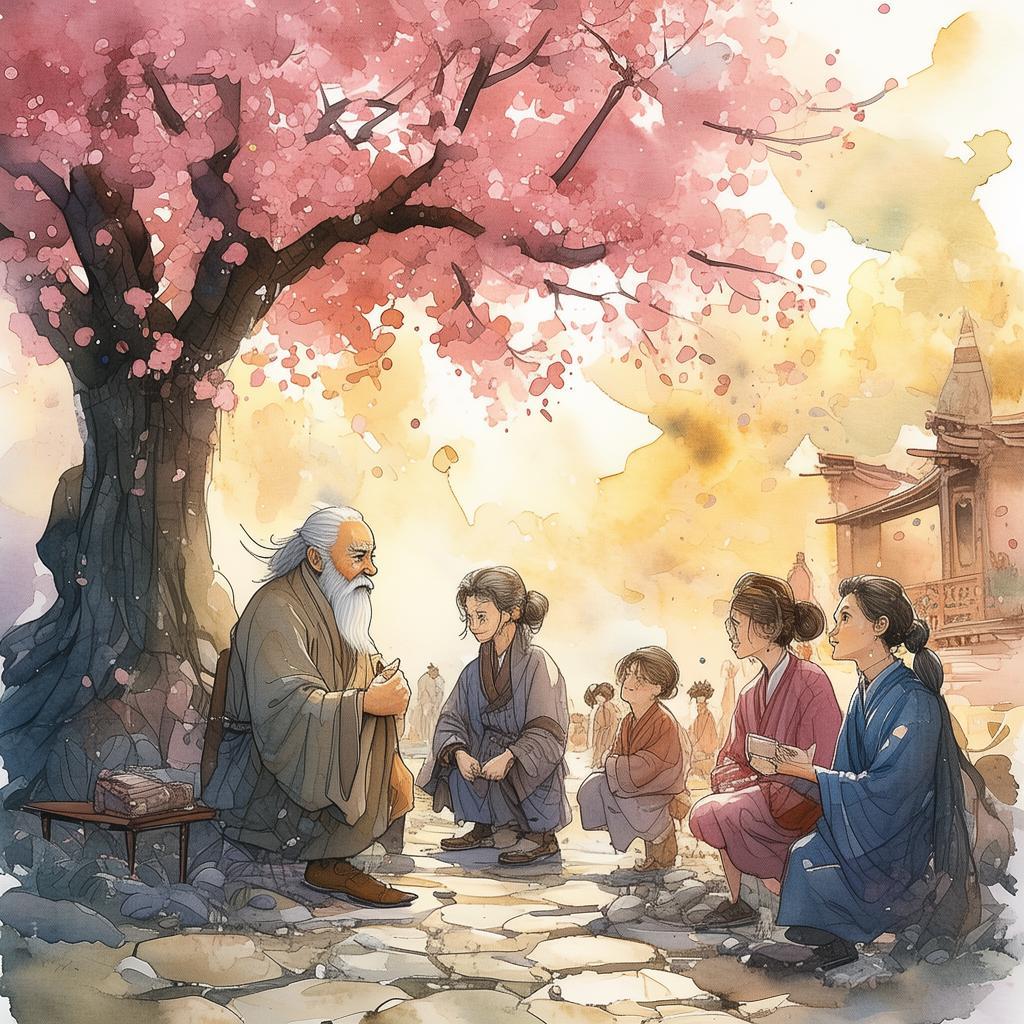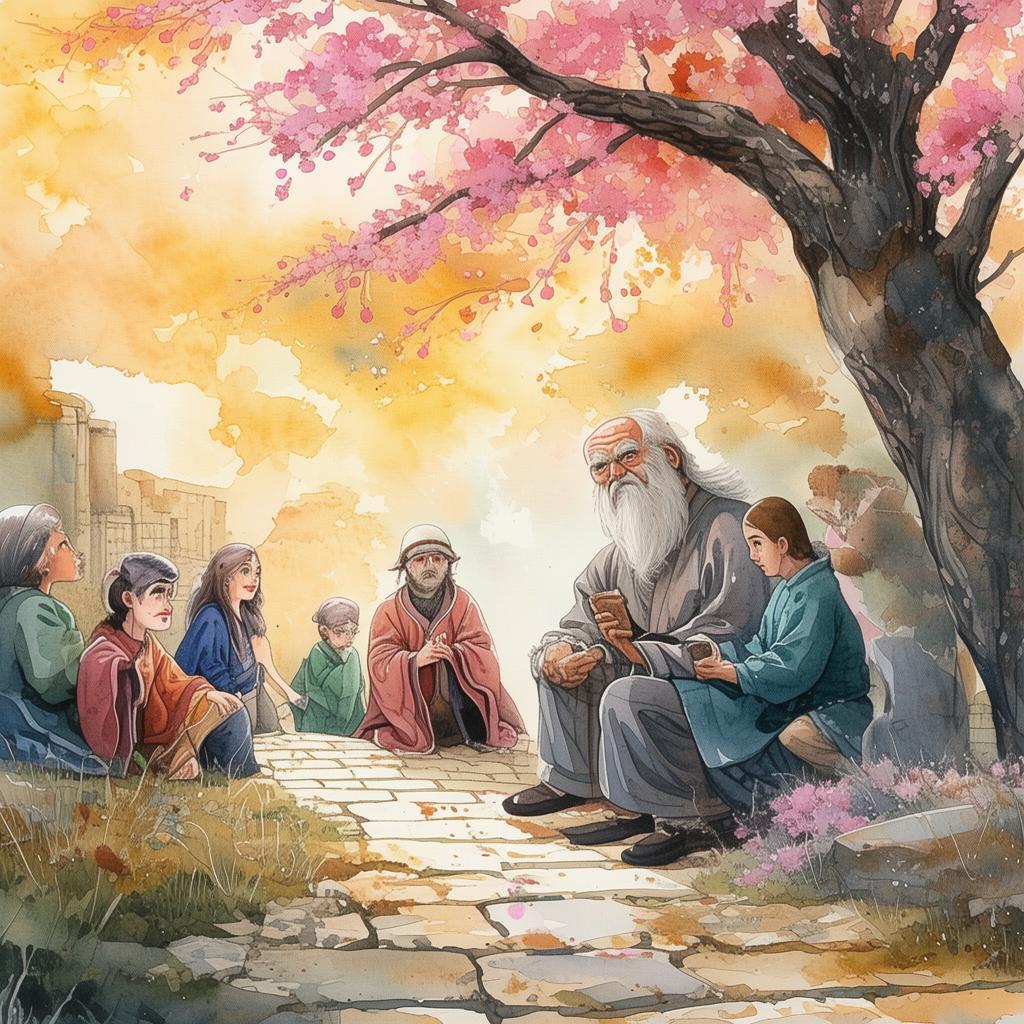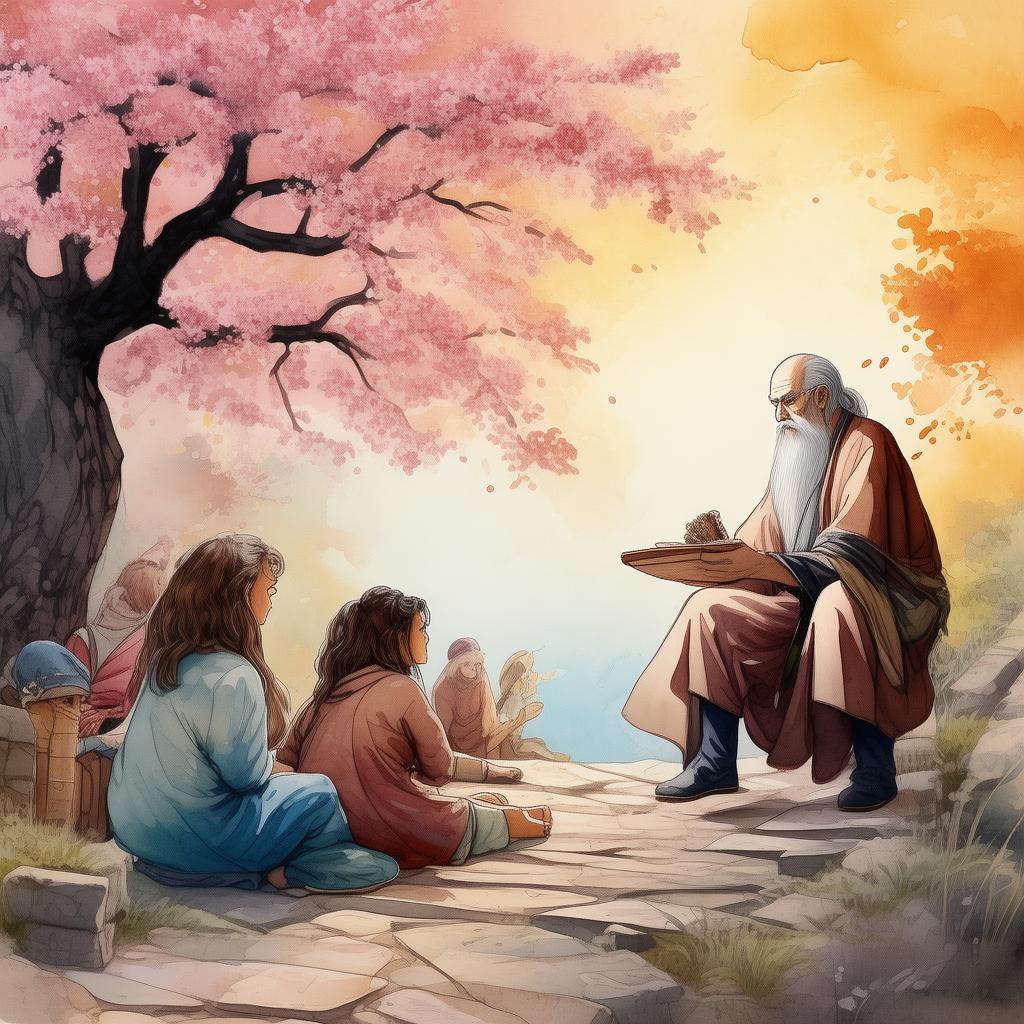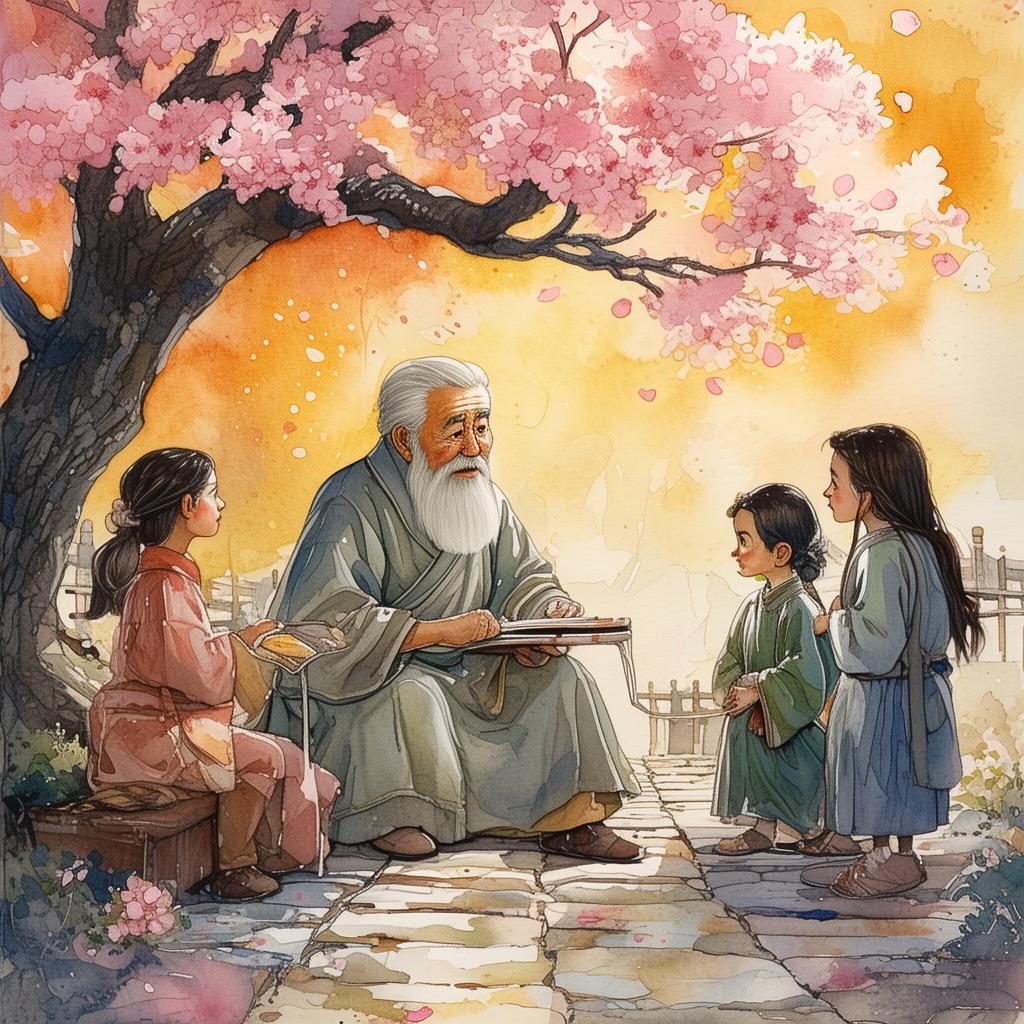The Bread of the Ancients: A Russian Chef's Renaissance Tale
In the heart of 16th-century Russia, there lived a chef named Ivan, known for his exquisite culinary skills. Despite his fame, Ivan felt a void in his life, yearning for something beyond the confines of his own kitchen. He had heard tales of ancient bread recipes, forgotten by time, which held the secrets to flavors that could transform any meal into a feast fit for royalty.
One evening, as Ivan stood before his hearth, stirring a pot of stew, he whispered a silent vow to himself: "I will find these recipes, and I will bring their magic to the world." With that, he set out on a journey that would take him to the very heart of Renaissance Italy.
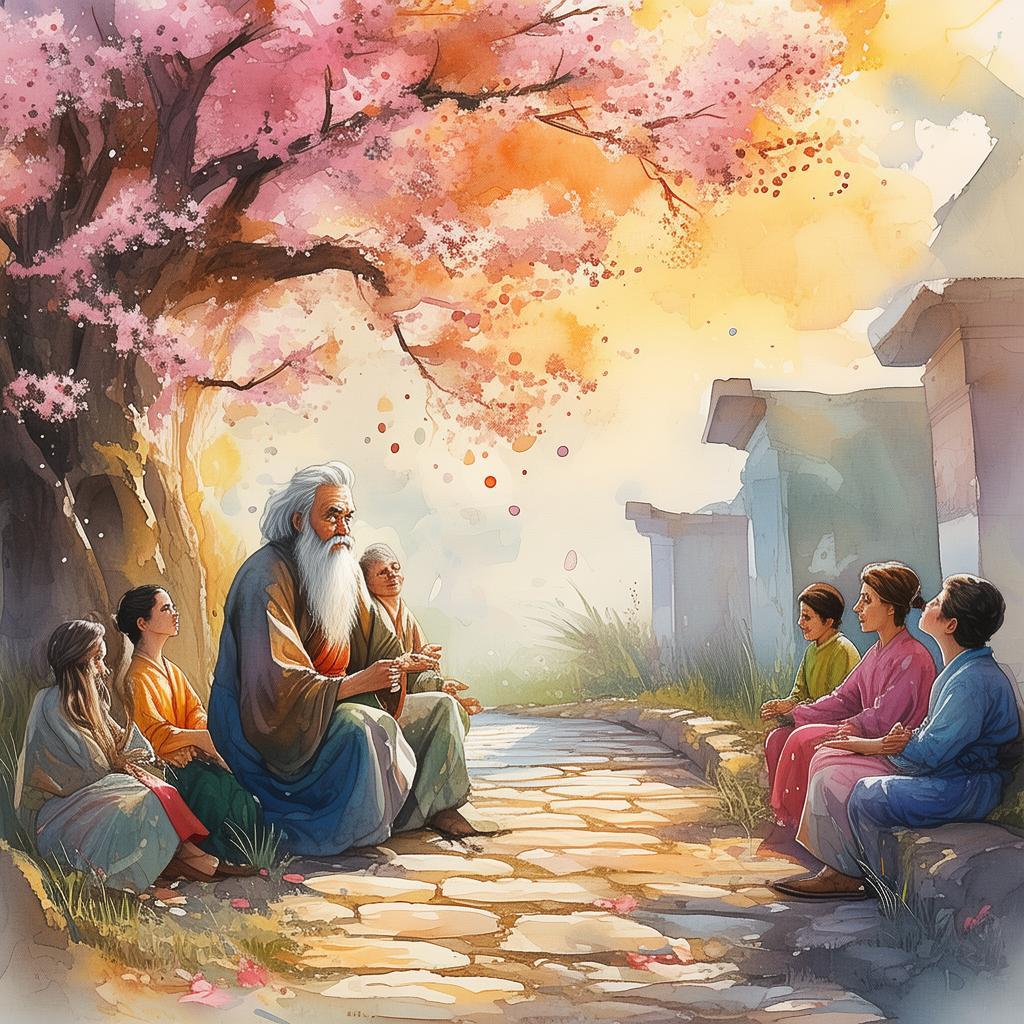
Ivan's first stop was the bustling city of Florence, where he hoped to uncover the secrets of ancient bread-making. As he wandered through the cobblestone streets, he encountered a wise old baker named Giuseppe, who had spent his life studying the art of bread-making. The two men struck up a conversation, and Ivan shared his quest.
Giuseppe listened intently, his eyes twinkling with a mix of curiosity and nostalgia. "The bread of the ancients," he mused, "is not just a food, but a piece of history. It is a testament to the ingenuity and wisdom of our ancestors."
Giuseppe then revealed a hidden archive, filled with ancient scrolls and recipes. Among them was a recipe for "Pagnotta," an ancient Italian bread that was said to be as rich in flavor as it was in history. Ivan's heart raced with excitement. He knew this was a step closer to his goal.
As Ivan delved deeper into his research, he discovered that the bread of the ancients was not only a culinary marvel but also a symbol of community and tradition. The recipes were passed down through generations, each baker adding their own twist to the original formula.
One day, Ivan found himself in the village of San Gimignano, where he met a woman named Elena, who had inherited her grandmother's bread-making techniques. Elena's grandmother had been a baker in the Renaissance, and she had kept the secret recipes hidden away in her attic.
Elena showed Ivan the ancient oven that had been used to bake the bread, its walls covered in soot and history. "This oven," she said, "is the heart of our tradition. It has seen centuries pass, and it continues to bake bread with the same passion as it did then."
Intrigued, Ivan decided to learn the art of bread-making from Elena. Over the next few weeks, he watched as she kneaded the dough, shaped it into loaves, and placed them into the oven. Each step was a dance, a ritual that connected him to the past.
One evening, as the sun set over the Tuscan hills, Elena handed Ivan a loaf of Pagnotta. "This is for you," she said, her eyes filled with pride. Ivan took a bite, and his world was transformed. The bread was a symphony of flavors, a blend of herbs, salt, and the essence of the earth itself.
With the Pagnotta recipe in hand, Ivan continued his journey. He visited bakers across Italy, each one sharing their own stories and techniques. He learned about the "Pagnotta di Puglia," a bread from the heel of Italy, known for its robust flavor and hearty texture. He discovered the "Pagnotta di Siena," a bread that was as much a part of the city's identity as its famous towers.
As Ivan traveled, he realized that the bread of the ancients was more than just a food; it was a bridge between the past and the present. It was a testament to the resilience and creativity of humanity.
Finally, Ivan returned to Russia, determined to share his discoveries with the world. He opened a bakery in Moscow, where he began to bake the breads he had learned to make. The bakery quickly became a sensation, drawing customers from all over the city.
One day, a group of tourists walked into Ivan's bakery. One of them, an elderly woman from Italy, approached the counter and asked, "Do you make Pagnotta?"
Ivan nodded, and the woman's eyes lit up. "This is exactly like the bread my grandmother used to make," she said, tears welling up in her eyes. "Thank you for bringing this back to life."
Ivan smiled, feeling a sense of fulfillment and pride. He had not only found the bread of the ancients but had also brought their magic to the world.
In the years that followed, Ivan's bakery became a place of tradition and community. Bakers from all over Russia came to learn from him, and the bread of the ancients continued to be passed down through generations.
The story of Ivan and the bread of the ancients spread far and wide, inspiring people to seek out the flavors of the past and to celebrate the traditions that connected them to their ancestors. And so, the legacy of the bread of the ancients lived on, a testament to the power of culinary adventure and the enduring spirit of humanity.
✨ Original Statement ✨
All articles published on this website (including but not limited to text, images, videos, and other content) are original or authorized for reposting and are protected by relevant laws. Without the explicit written permission of this website, no individual or organization may copy, modify, repost, or use the content for commercial purposes.
If you need to quote or cooperate, please contact this site for authorization. We reserve the right to pursue legal responsibility for any unauthorized use.
Hereby declared.

